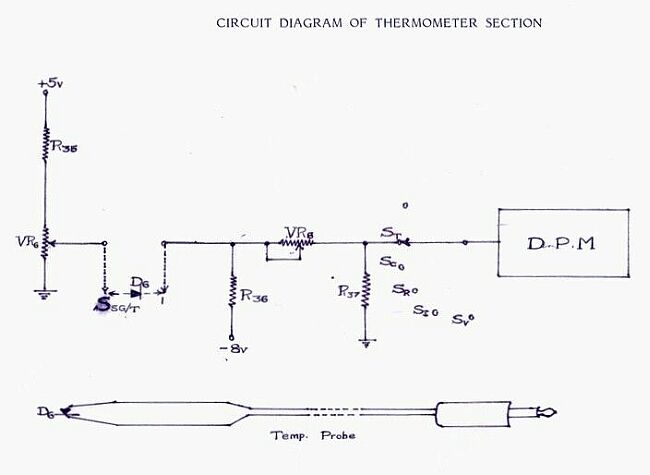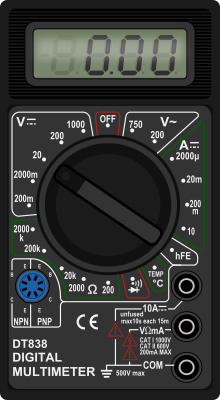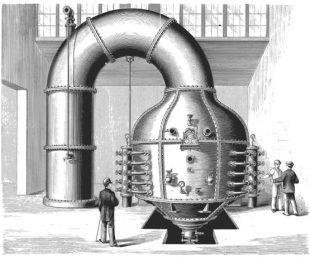Diode Thermometer

Measurement Of Temperature – When power transistors are used, they may tend to over heat. Likewise resistors may also overheat in the event of faults or short-circuits. The knowledge of their temperatures may be advantageous. In addition, measurement of temperature constitutes a basic necessity in day-to-day life.
Measuring the temperature of a body, depends upon the establishment of thermo-dynamic equilibrium between the body and the device used to sense the temperature. In practice, this condition is rarely attained since it is difficult to establish complete instantaneous equilibrium. Hence great care must be exercised in choosing a method suited to the problem so that satisfactory conditions for temperature measurements are obtained. Temperature sensors possess thermal characteristics dependent largely on their size and shape and the materials from which they are made. These characteristics affect precise measurements.
Temperature Measurement and Control
The introduction of a temperature sensor into a body tends to modify the temperature conditions at that point. In most cases the sensor is connected to a recording instrument by means of an intermediate system, along which the signal is carried. The intermediate system and the recorder may be subject to temperature and other changes. Hence compensating devices become a necessity to reduce or eliminate errors.
The measurement of temperature in our instrument depends on the fact that the forward voltage drop of a silicon diode changes by about – 2 millivolts per degree centigrade. Thus, by measuring the change in forward voltage of silicon diode kept in a temperature probe, the voltage drop can be converted into temperature.
Since this involves the measurement of millivolt level accurately a precision voltage source is needed. This can be conveniently obtained from the 3 pin + 5v voltage regulator. This voltage is tapped using a preset VR6 whose output is used for adjusting the ice bath temperature reading to zero degree. This tapped voltage is fed to the diode in the temperature probe and the other end of the diode is returned to a negative supply of -8v. The negative supply uses a (-8v regulated output from IC 7808 voltage regulator) which has the least variation with temperature. Now, the voltage at the probe point is connected to the input of DPM via function selector switch ST.
MeasureAll – Test and Measuring Instrument
The temperature probe can be made by a length of shielded audio cable connected to any type of mini plug and fitted onto the front panel socket SSG/T. The free end of the cable is soldered to the diode. The diode is kept just at the tip of the cable. A miniature glass diode like 1N4148 is preferred. The soldering makes a good fixture at the end of the cable. The meter can thus measure temperatures from 0°C to 150°C continuously and upto 200°C momentarily since above that the cable starts melting.
Epoxy Resin and a used Metal Pen Refill can be used to make a sensor to insulate the cable. The diode must be thermally and electrically isulated from metal tube.
(above text may have ocr and concept errors)













